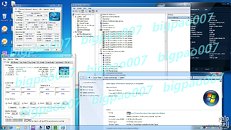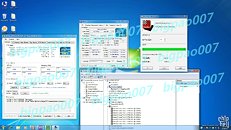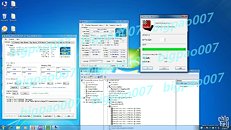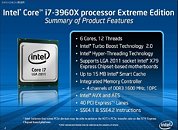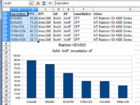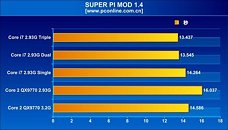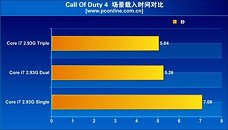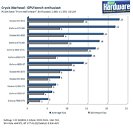Rightware Announces Gaming Performance Benchmark for OpenGL ES 3.0/Halti
Rightware, the provider of world's most widely adopted benchmarking software for mobile phones, tablets and other embedded devices, today announced that it is developing Basemark Halti, an OpenGL ES 3.0 / Halti benchmark product slated for launch in 2012. The benchmark continues the popular Basemark product line's graphic products, formerly known as 3DMarkMobile, and will set the new global standard for OpenGL ES 3.0/Halti gaming and graphics performance measurement. Basemark Halti will provide a solid performance benchmarking tool to semiconductor companies, device manufacturers, operators, and various other players in the embedded ecosystem across different vertical markets.
Rightware's objective is to offer industry standard benchmark products that help its customers to identify graphics performance bottlenecks in all phases of development. For this purpose, Rightware has established the Benchmark Development Program (BDP) consisting of renowned and highly respected companies. See more from here.
Rightware's objective is to offer industry standard benchmark products that help its customers to identify graphics performance bottlenecks in all phases of development. For this purpose, Rightware has established the Benchmark Development Program (BDP) consisting of renowned and highly respected companies. See more from here.


